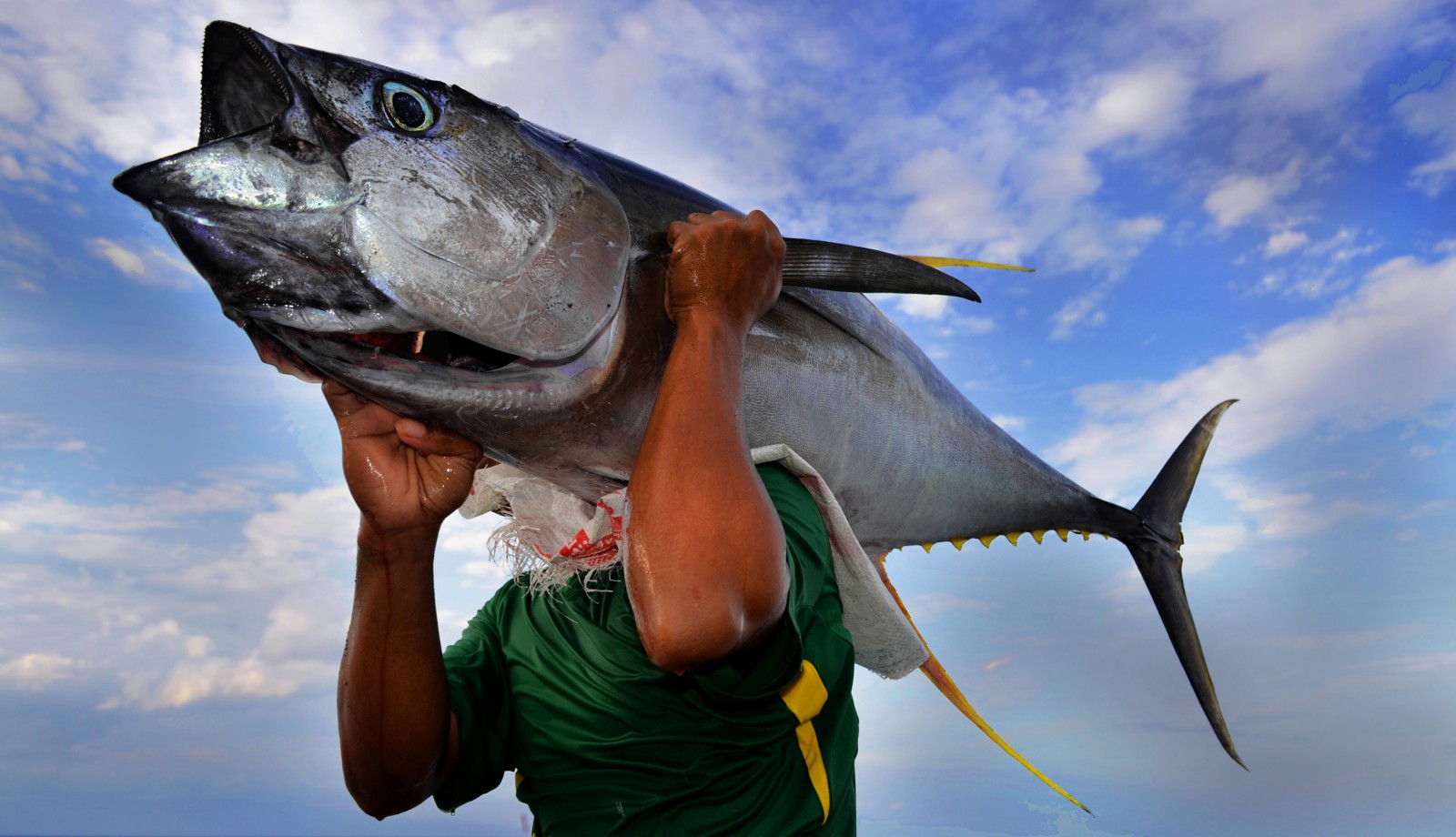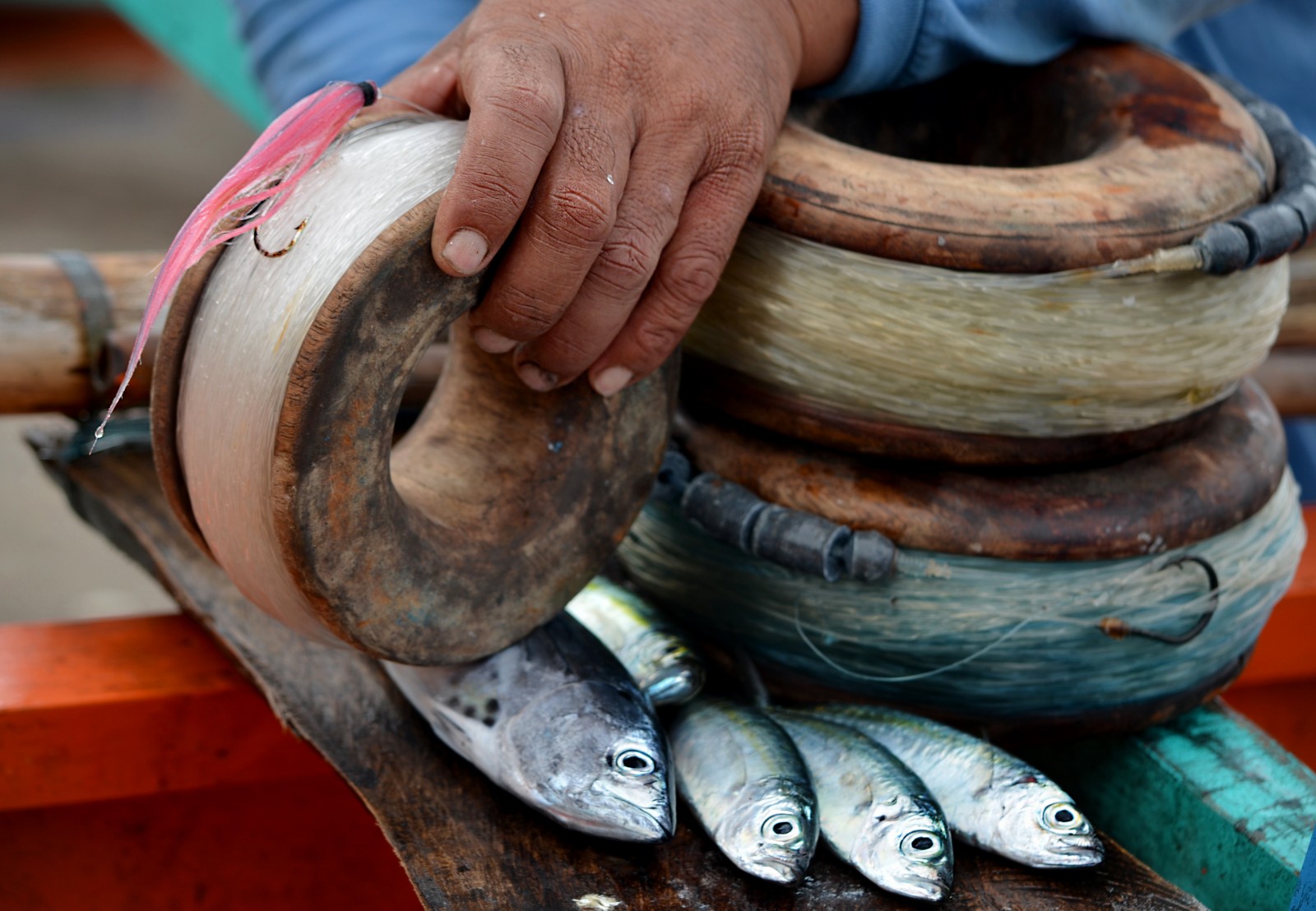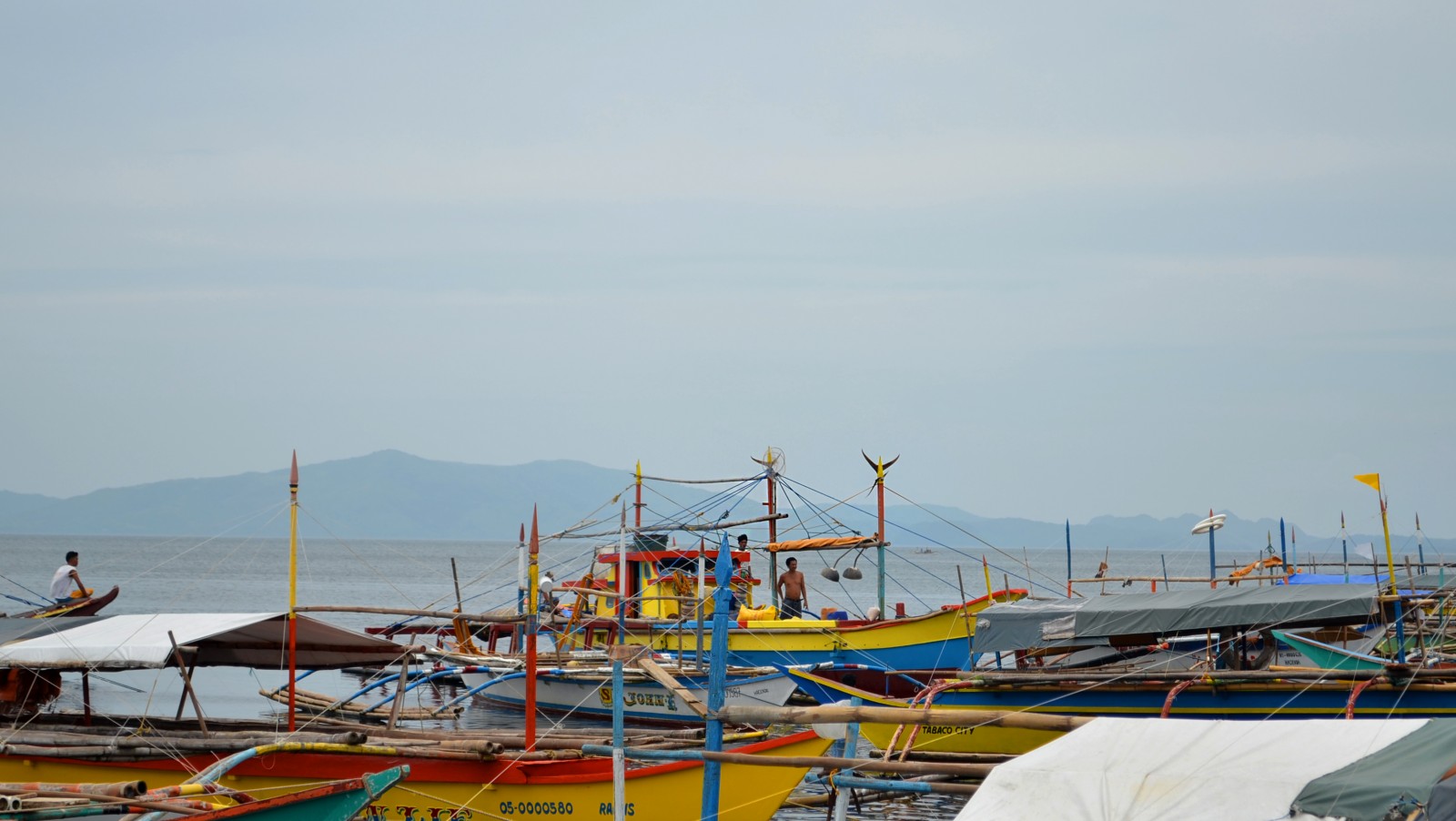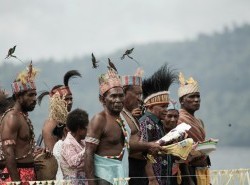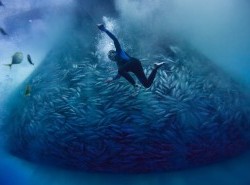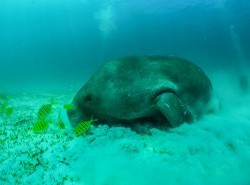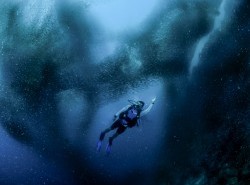The Philippines is leading the way in teaching handline fishermen how to catch tuna in a sustainable way — striking an important balance between commerce and conservation.
The tuna fisherfolk of the Lagonoy Gulf in the Philippines could teach the world a thing or two about adapting to circumstances.
They stopped using dynamite and cyanide for fishing in the 1990s. They rebuilt their lives after the devastating super typhoon Reming in 2006. Then, in 2011, they started changing their fishing practices to safeguard the future of the tuna they rely on for their livelihoods forever. ‘Before, we just caught and caught more tunas until we had enough to sell to the market—though at a very low price,’ said handline fisherman Atenogenes B. Reaso.
But after an alarming 75 per cent decline in adult yellowfin tuna since 1990, and increasing pressure from environmentalists and consumers around the globe, something had to change. And it started with handline fishermen in the Philippines — backed by the WWF project, Partnership Programme Towards Sustainable Tuna (PPTST), which worked with governments at home and abroad, as well as European seafood companies, to change current conventional fishing practices.
Reaso was among 5,800 fishers who participated in the four-year project to improve tuna harvesting methods and management in the Lagonoy Gulf and Mindoro Strait, home to some of the Philippines’ most productive fishing areas.
‘Now, we prefer to just catch one tuna weighing 30-40kg a piece. Then we sell it to the market at around Php 280-300/kg (USD 5.80-6.20) at Grade A quality,’ Reaso explains. Handline fishing is one of the most sustainable methods around: instead of using large boats to indiscriminately net fish—which kills other protected species in the process, handline fishers go out in small outriggers, using a single hook and line to land only individual, mature tuna.
However, the artisanal fishers’ poor handling of their catch was still degrading the fish, which meant they had to catch more to earn a decent income. ‘In the past, even if fishers came back with loads of fish, they were of low-quality,’ says Mindoro tuna buyer Avelino Fulgencio Jr. ‘I could not pay good prices for these fish.'
All that, however, is changing.
Artisanal fishers are now learning how to correctly store their catch on their boats and are using better cooling techniques so they can sell their fish at the highest quality—Grade A—and at the highest price. They can also their tag catches and provide certificates that give information on the location and time of each haul. ‘The secret is to add more value to tuna, rather than forcing people to fish more,’ explains WWF-Philippines PPTST Project Manager Joann Binondo. ‘We must secure quality tuna without seriously increasing fishing effort.’ In addition, fishers now learn how to determine the quality of their fish as part of a new skills and training scheme. Today, the local tuna fishers of the Lagonoy Gulf and Mindoro Strait are grading tuna and shipping the best-quality fish to markets all over Europe.
Empowering the fishers was crucial to tackling another problem: illegal, unreported and unregulated (IUU) fishing. According to the Food and Agricultural Organization, IUU fishing is a major threat to marine ecosystems and sustainable fisheries, undermining fish stock conservation and management efforts. In fact, in 2014, the Philippines received a warning from the European Commission for being non-cooperative in the fight against IUU fishing, which has serious trade implications.
Projects like WWF's PPTST are crucial in bringing fishers and governments to the table to realise the benefits of legalising operations and mutual cooperation and support. ‘It is very difficult for some of my fellow fishers to comply with laws that are being implemented by our government,’ reveals Elizaldy Boboyo of the Tiwi Tuna Fishers’ Association. ‘WWF assisted us in establishing our network; they have facilitated in creating links for us with the Bureau of Fisheries and Aquatic Resources (fisheries government agency). And with that, we were able to access some livelihood assistance such as a small scale fibreglass banca (outriggers) with engines and tuna handline gear.’
Now registered community tuna fishers associations exist which enable fishers to not only access funds but also sit on government councils and participate in fisheries management. According to PPTST, over 70 percent of the tuna fishing vessels in the project regions are now registered, with fishers carrying licenses on board their boats to prove it. Local authorities can now monitor and control fishing activities and combat IUU.
Getting fishers on side helps with self-regulation. ‘I keep on saying to my fellow fishers that we need to be compliant with the law and practise proper fishing techniques so that we can access more assistance from the government to improve the quality of life among the fishers,’ says Boboyo. ‘Our goal is to ensure that our tuna stocks last for many more generations,’ adds Binondo. ‘Through the support of our allies and the hard work of artisanal fishers, PPTST strikes a balance between ecology and economy.’
Author Siew Lyn Wong (@slwong_writes) is a freelance writer, photographer and documentary-maker based in Kuala Lumpur who specializes in travel and the environment. She has written several books on Malaysia and region-focused conservation and travel. Her current obsession is building an online ode to Berlin. This article originally appeared in Momentum.
